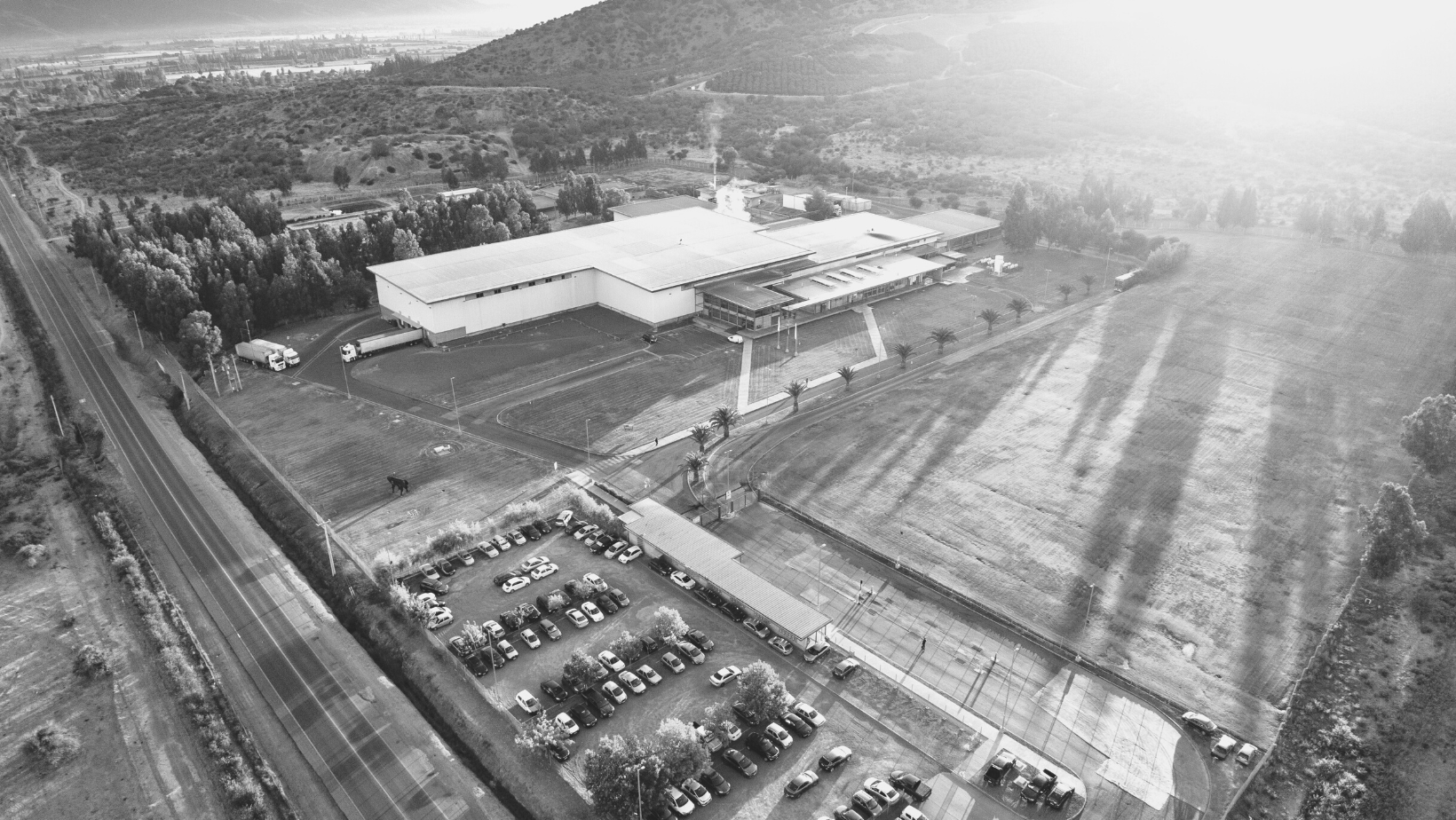
Competitiveness: the key for the food sector’s future
Opinion column by Juan Carlos Domínguez, president of ChileCarne, an association that represents the ChilePork sector brand, with which Chilean pork is recognized in different countries of the world. The food exporting sector wrapped up 2022 with an 11% increase in shipments, reaching 21.5 billion USD and crowning a period of sustained growth that made […]

Opinion column by Juan Carlos Domínguez, president of ChileCarne, an association that represents the ChilePork sector brand, with which Chilean pork is recognized in different countries of the world.
The food exporting sector wrapped up 2022 with an 11% increase in shipments, reaching 21.5 billion USD and crowning a period of sustained growth that made it Chile’s second largest exporting sector, exceeded only by copper. The white meat industry reached 1.3 billion USD in exports, securing its spot as Chile’s fourth largest food exporting sector, surpassed only by salmon, fresh fruit, and wine.
It is important to remember how Chile has established itself as a world-class food supplier: its healthy and safe products that reach thousands of consumers in Chile and abroad. The country’s Mediterranean climate and counter-season production are also crucial factors. Its natural barriers to pests and diseases, as well as the ongoing protection of its health asset are also key factors of the sector’s development.
Chile’s open trade policy has been key for our industry’s growth: it has helped diversify markets for our products while forcing us to be highly competitive to take on much larger countries, which are closer to the destination markets and have equal or better conditions for food production. The efficient use of resources, innovation, and the incorporation of new technologies and knowledge have also been key to the growth in white meat production and exports. Our industry’s efforts over the past few years to develop increasingly sustainable production will be a determining factor in retaining our leadership in food production and commercialization.
There is no doubt that these reasons explain most of the success of the food exporting sector; continuing work on each of these topics will be crucial for our future growth. Additionally, promoting investment in logistics and irrigation infrastructure, while investing more in positioning Chile as a world-class food supplier will allow the sector to keep contributing to the development of Chile and its people.
But there is one often forgotten element that is cause for concern and represents one of the greatest risks for the future development of our sector: losing competitiveness.
Today, Chile supplies food to more than 180 countries on all continents. We do so in an extremely competitive environment in which, on top of facing the ongoing protectionist policies many countries use to try to shield their local production, the number of suppliers keeps growing and competition is increasing.
To be able to compete, we must set ourselves apart but make sure that this differentiation does not have a negative impact on our competitiveness.
The discussion around the TPP-11’s ratification is a good example of how close we came to losing competitiveness to other markets. It was not about what we would gain by ratifying the agreement, but rather what we could lose by not doing so, giving our competitors an enormous advantage.
Another good example is domestic regulations. Although they all aim to improve production standards or adapt to consumers’ new requirements, these changes usually translate into significant efforts for producers, who do not always recover the value of their investment. Even worse, soon they realize that they just became less competitive by adding costs that many of their competitors have not. In our sector, the new odor standard for the pig industry, which was recently published in Chile’s Official Gazette, will require tremendous efforts from Chilean producers, especially medium and small-sized. Will our competitors follow similar regulations? In other words, will imported pork be required to comply with the same regulations for locally produced pork? If not, the “greater good” will not take into consideration the consequences for our producers and we will fall into the trap of losing competitiveness.
It is undeniable that the industry must learn how to adapt to develop an increasingly sustainable production, and important efforts have already been made. Our call is to not overdo it, to work towards the greater good but always take care of our producers and continue private-public joint work to consolidate an increasingly sustainable food sector that contributes to our country’s growth.
